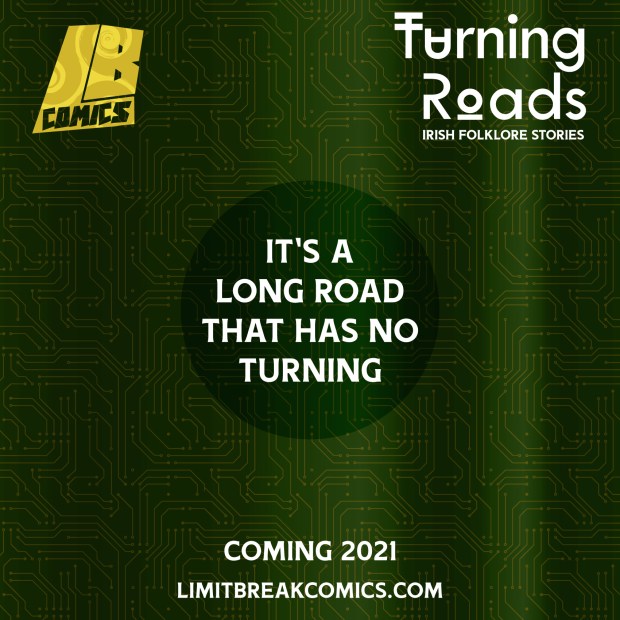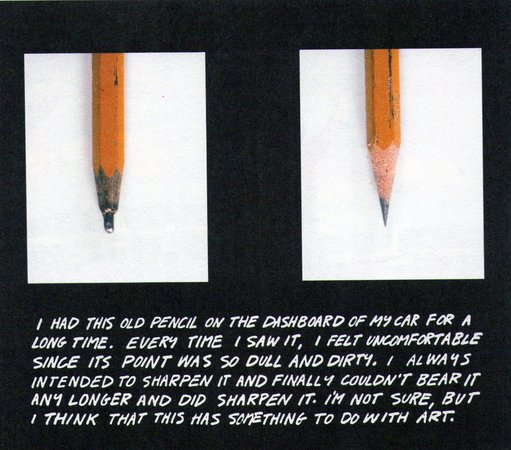
The working class refers to a group of people that belong to different racial or ethnic groups. The New Unionism movement in 1890s started the generalization of labour values. It became commonplace in the middle part of the 20th Century. This article will explore the racial differences in the working-class and the destruction it has suffered from its culture.
The diversity of the working classes' racial backgrounds
The American stereotype of the working-class is usually white, male and rural. However, reality is different. According to data, more than half the working class is white and are unemployed. However, about a third have college degrees. However, it is more common for minorities to be employed in temporary jobs.
The US working class is becoming more diverse in terms of racial makeup. The working class is more Latino, black, and female than it was during the industrial era, and more women are entering the labor force. The labor force is also growing in women with children. The working class culture is becoming more diverse but it still faces many challenges.

Many white working class individuals are reluctant to talk about race. Many of these people are racist and bigoted.
The hegemonic convention
When dominant ideas no longer have legitimacy, the social system is in crisis. The ruling class is insecure and the coercive systems are weakening. However, popular hegemonies are an effective counterforce to elite power, and they can be used as a vehicle for change.
Antonio Gramsci invented the concept cultural hegemony. Hegemony can be achieved by the spreading of ideologies, and the establishment of social institutions. These ideologies, and other institutions, socialize the governed in conformity to their own ideas. These institutions also control and manage the rest of society.
Working class people resent being called poor. They avoid economic criteria and define themselves by their familial and communal bonds and caring roles. These attachments and caring relationships are the basis of a good life, which enables them to develop positive self-worth.

The demise and destruction of the working class culture
The destruction of working class culture can be attributed to several reasons. First, it is no longer relevant in a consumerist or bureaucratic society. It's ineffective in combating boredom in an age of spectacles. Lastly, it competes with the omnipresent culture industry.
Mason also noted that the working class was in a very unstable position before Thatcher's arrival. This was because the Fordist culture shackles were imposed on radical sections. Mason's historical narrative is true. But, a post Thatcherite environment has not been very beneficial for left-leaning ideas. In other words, working people were already doing away with Fordist culture long before Thatcher came along.
New Labour, however, valorized elitism and sought to create a technology culture that was controlled by think tanks and PPE graduates. It also wanted to create elite schools in the working-class and call centers that were accessible to all. It failed to recognise that it was necessary to develop a new culture of radical knowledge and self-belief in order to rebuild the political left.
FAQ
What can pop-culture teach us?
Today's society values material possessions over all else. This is especially true of young people. They spend hours every day looking at screens. They watch movies, play video games, and surf the web. All this distracts them and makes it difficult to focus on school work. This leads to them failing classes.
The world we live in is one where everyone wants the same thing. That means being popular. Popularity is dependent upon having money, clothes and other possessions. This leads some people to do things that aren't right.
Technology has made us too dependent. We have all the information we need thanks to technology. Not all information is correct. False rumors are floating around the Internet. These rumors spread quickly as people share them via social media. It's easy just to post something and not verify its authenticity.
People are losing their ability to think critically. They believe everything they read on the Internet. They believe what is written in magazines and on television. They stop thinking for them selves. Instead, they follow the crowd.
When we rely on others to tell us what's happening, we lose control over our lives. Pop culture teaches us to depend on others. It can also lead to lazy people. We don't always see the truth, but it is there.
How can I incorporate pop culture into my marketing strategy?
To understand how to use pop culture in your marketing strategy, you need to look at the trends within it.
Let's take, for example, the promotion of a new movie. What type of promotion could you offer?
A trailer could be created using clips from the film. You could even find a clip with one of your products or services that you can use in the video.
Or perhaps you could create a parody version of the trailer using other famous films.
If you were promoting a product or service that related to the film's theme, then you could create a promotional campaign based on the movie's plotline. You might promote a product that can help astronauts remain healthy while in space.
If you had a business connected to the movie's theme, you could run promotions based on the plotline. A company that sells food could give away free samples to customers who book tickets to see the movie.
How did pop culture come to be?
It was accidental. The accident that someone accidentally knocked down a piano in 1920 caused the first song's creation.
The recording company loved the music and decided to make it a single.
This single was the first to be officially recorded.
Since then, pop music has become the most popular form of musical entertainment today.
What are some examples of pop culture in today's world?
Pop Culture is the art form of the 21st century. It includes all types of entertainment including music, film TV, videogames, fashion and advertising. Author Neil Postman coined the term in his book Amusing Ourselves To Death (1985). Pop is a type of mass communication that relies on cheap tricks or formulaic devices to give the illusion of spontaneity.
However, he said that most people don’t enjoy true enjoyment because their culture has conditioned them to want media experiences that make it seem superior to others. In addition, he argued that this type of cultural expression had contributed to the loss of critical thinking skills among young adults.
Pop culture has also been referred to as popular culture or consumerism.
What are some examples from pop culture in 2020?
The music industry is changing rapidly, and this year we saw artists such as Billie Eilish, Post Malone, and Travis Scott all reach number 1 on Billboard's Hot 100 chart. This was an extraordinary feat for any artist.
The same goes for streaming services. Spotify reported that it streamed more than 10 billion hours worth of audio content last fiscal year. This is almost five times the amount of content that users were listening too just five years prior!
This has resulted in a major shift in the way people consume media. Nowadays, most people are more interested in consuming content than creating.
All age groups, including toddlers and retirees, have access to audio content. Anyone can record, edit, mix and release their music.
To be able to sing your favorite song, you don't need to attend university to study classical instrumentation. It's easy to download an app and add your voice. Then upload the videos to YouTube.
You don't have to be a musician, but you can watch others make it. There are countless channels dedicated to making videos of songs ranging from covers to parodies.
Why pop music is popular?
Pop music is very popular because it's fun! Pop music makes you happy and gives you a sense of freedom. People listen to pop music, and they are free to think about other things than themselves. They don't have to worry about what other people think. Pop music is a hugely popular genre. People love to listen to songs that are positive and upbeat. When you feel low, turn on the radio for some upbeat tunes. You may even find yourself singing along. Pop music has been a huge success over the years.
What are some positive elements of pop culture
There are some things about pop culture that aren't bad. Pop culture is a great source of entertainment. It allows people to express creativity. Pop culture can be used as a platform for artists to promote and market their work.
In my opinion, the best thing about pop culture is that it brings people together. Everyone wants the same show. Everyone likes the same music. And everyone likes the same movies. Pop culture makes it easy to connect.
The problem is that not all pop culture is healthy. Some movies glorify violence. Some TV programs mock people with mental disabilities. And some bands encourage fans to do drugs.
What should we do about the negative aspects pop culture?
Pop culture should be avoided. It should not influence us. It can lead to problems in our health. It can also lead to crime. It can even lead to a loss of love.
We should also think about whether pop culture is helping or hurting society. Are they promoting positive values? Are people being persuaded to do evil things?
Lastly, let's ask ourselves if we are content with the world we live. What do we enjoy about the music we listen too? What TV shows do you watch? What clothes do you wear?
If we care about our future, we must take responsibility for our actions. We must decide the world we want. We can then choose the right pop culture.
Statistics
- In 1987, US films captured 56% of the European film market. (socialsci.libretexts.org)
- [17][18][19]Definition[edit]According to author John Storey, there are various definitions of popular culture. (en.wikipedia.org)
- For example, the term hater meaning someone who strongly undermines or criticizes others, often due to pathetic jealousy, likely emerged from hip hop culture, such as the term playa hateras, used by influential rapper Biggie Smalls as early as 1995. (simplicable.com)
- Yet a Nielsen study shows they account for 42% of the country's most-watched content on streaming services. courtesy Nielsen (npr.org)
- Less than a decade later, that statistic rose to 90% (Dager, n.d.). (socialsci.libretexts.org)
External Links
How To
What is popular culture that you access via media technology?
It's all around us: popular culture. It is everywhere.
Popular culture influences our lives. Our lives are influenced greatly by what we read in magazines, listen to on radio, and hear at concerts. We watch TV, we play video games, we go shopping, have fun with our friends, and we spend time on the Internet.
But just because something is popular doesn't mean it's good for business.
That's where media technologies come into play. They give us tools to help us access popular culture in a manner that connects us with consumers.
Media technologies can also be used to:
-
Write content about products or services
-
Engage audience members with the actors, comedians, and authors they love
-
Promote brands and businesses
-
Send advertising
-
Track consumer trends
Popular culture is essential if your goal is to create brand awareness, attract new customers, increase sales, and boost customer loyalty. And you can do so by accessing media technologies.